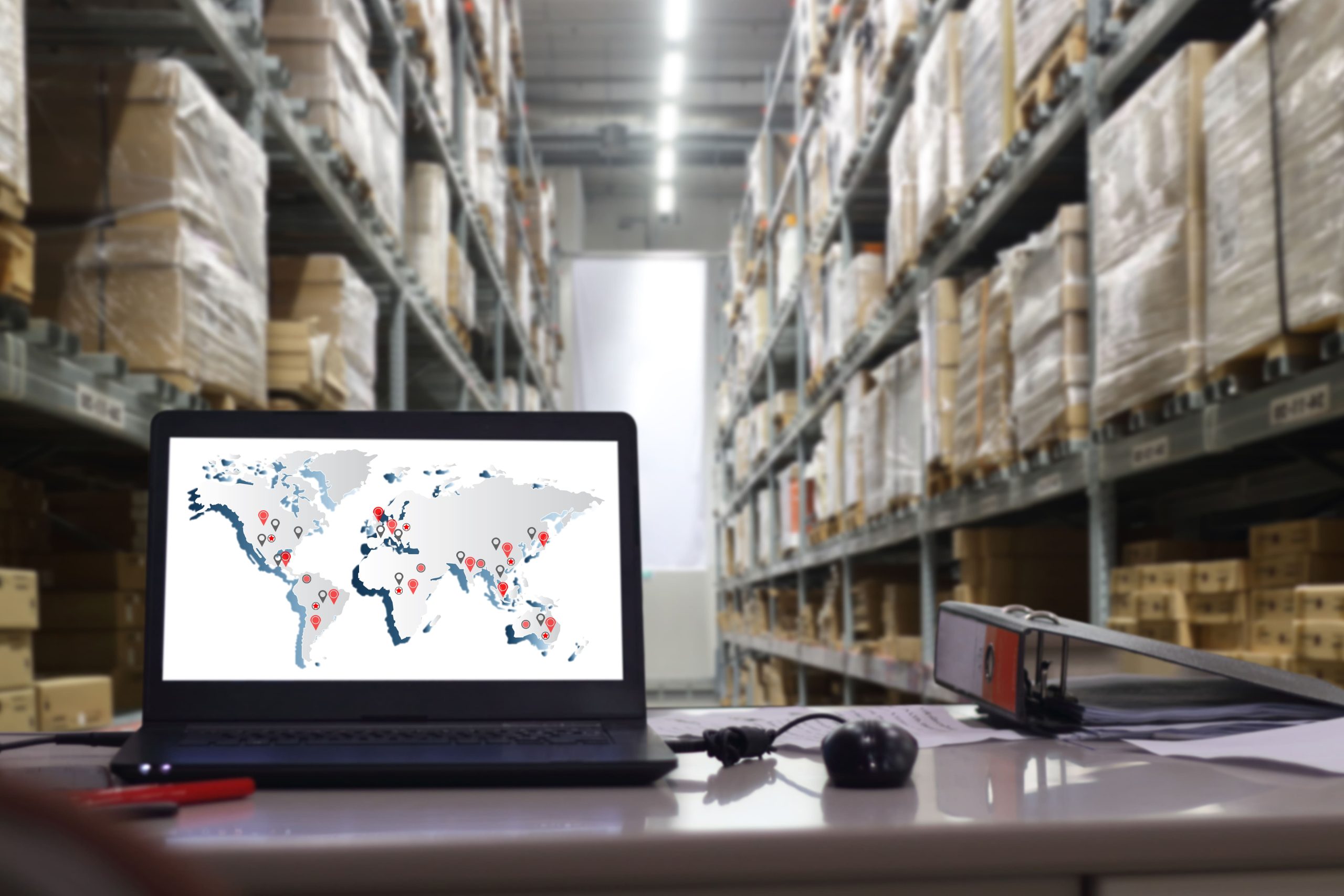Smart Warehousing: How Technology is Transforming Supply Chain
- 29 August 2024
- 7 min to read
- 1806 views

The supply chain industry is undergoing a technological revolution, with smart warehousing at the forefront of this transformation. Leveraging advanced technologies such as artificial intelligence (AI), Internet of Things (IoT), robotics, and automation, smart warehousing is reshaping how goods are stored, managed, and distributed.
In this blog, we'll examine the impact of smart warehousing on supply chains and try to predict how it will affect the future.
What is Smart Warehousing?
Smart warehousing is an advanced approach to inventory management that leverages cutting-edge technologies such as automation, artificial intelligence (AI), the Internet of Things (IoT), and robotics to optimize the storage, management, and distribution of goods. Unlike traditional warehousing, which relies heavily on manual labor and conventional processes, smart warehousing integrates digital tools and intelligent systems to automate routine tasks, enhance accuracy, and improve operational efficiency. This transformation allows businesses to reduce human error, streamline workflows, and respond more flexibly to changing market demands.
The adoption of smart warehousing is growing rapidly across the globe. According to a report by Grand View Research, the global smart warehousing market size was valued at USD 14.21 billion in 2021 and is expected to expand at a compound annual growth rate (CAGR) of 14.5% from 2022 to 2030.
This growth is driven by the increasing need for efficient logistics solutions, rising demand for e-commerce, and the push towards automation to minimize labor costs and improve operational productivity.
How Technology is Transforming Supply Chains
- Enhanced Inventory Management: Smart warehouses leverage IoT devices and AI-driven analytics to monitor inventory levels in real time. This technology allows for accurate tracking of goods, reducing the risk of stockouts or overstock situations. Automated inventory management systems also predict demand patterns, enabling companies to optimize stock levels and reduce carrying costs.
- Improved Order Fulfillment: Robotics and automation play a crucial role in improving order fulfillment processes. Automated guided vehicles (AGVs) and autonomous mobile robots (AMRs) can quickly and accurately pick and transport items within the warehouse. This reduces the time required to process orders and minimizes errors, resulting in faster and more reliable delivery times.
- Reduced Operational Costs: By automating repetitive tasks and optimizing resource allocation, smart warehouses significantly reduce labor costs and operational expenses. The integration of AI and machine learning algorithms further enhances efficiency by predicting maintenance needs and preventing costly equipment breakdowns.
- Increased Flexibility and Scalability: Smart warehousing solutions offer a high degree of flexibility and scalability, allowing businesses to adapt to changing market conditions and customer demands. Automated systems can quickly adjust to handle varying volumes of inventory, making them ideal for companies that experience seasonal fluctuations or sudden surges in demand.
- Enhanced Data-Driven Decision Making: The use of advanced analytics and AI in smart warehousing provides supply chain managers with valuable insights into operational performance. These insights enable data-driven decision-making, allowing companies to identify bottlenecks, optimize workflows, and improve overall supply chain efficiency.
What to Expect Next?
As smart warehousing technologies continue to evolve, their impact on the future of logistics and supply chain management is expected to be profound. The integration of AI, IoT, and robotics will enable warehouses to operate with unprecedented levels of efficiency and accuracy, allowing companies to reduce costs and enhance service quality. Predictive analytics and machine learning algorithms will further revolutionize inventory management by forecasting demand patterns and optimizing stock levels in real time. This will minimize both overstock and stockout situations, leading to more responsive and resilient supply chains. Additionally, the use of automation will drastically reduce reliance on manual labor, enabling businesses to scale operations quickly and handle increased order volumes without sacrificing speed or accuracy.
Looking ahead, the widespread adoption of smart warehousing will likely drive significant shifts in the global supply chain landscape. As companies increasingly embrace digital transformation, we can expect a surge in data-driven decision-making, where real-time analytics and intelligent systems provide deeper insights into operational performance and customer behavior.




